My father Walter Elliott travelled to Montreal in 1967, he came as part of a contingent from Trinidad and Tobago during Canada’s centennial year. The year carnival came to Canada. He was a dancer and moved here a year later for good on his own. Even though he was a dancer and actor, his real passion was art…particularly the art of carnival.
My dad is now in his 70s. Our family keeps trying to get him to slow down. We constantly ask him to only design costumes and not spend hours at a mas camp or in the basement, gluing feathers, bending wires, running braid and other embellishments. He’s been designing and building costumes for his whole life. He lives and breathes carnival. My brother and I would sometimes groan when we were forced to watch video, after video of carnivals from the around the world. A carnival video was always on at my dad’s place! My dad loves nothing more than to watch these videos and shout at the TV. “Why dey use those colours?! Or ” De costume stiff stiff..it ain’t moving!”
My dad often talks about “Ole Mas” or traditional costumes, he knew of growing up in Trinidad and Tobago. Looking at the costumes we see every year on Lakeshore boulevard for Toronto Caribbean Carnival, it’s hard to believe that those characters were the root of the costumes we know now. Carnival was born out of slavery. “Slaves on islands with catholic colonizers, like the French and Spanish, would mock or make fun of the elaborate masquerade balls their colonizers held.” Camille Hernandez-Ramdwar, Assoc. Professor Ryerson University Sociology/Caribbean Studies. The word “mas” comes from, masquerade.
In their own circles the slaves would creatively alter the ballroom antics they witnessed in the great house. Distinct characters began to emerge that were exaggerations of their slave masters. E.g. Dame Lorraine and Pierrot Grenade. The African slaves in the islands took a custom that belonged to their colonizer; “it was creolized by most the powerless people in the society turned it into something amazing….a form of rebellion…and social commentary.” Hernandez-Ramdwar explains. A good example of that social commentary is the character Baby Doll.
I still shudder at the thought of my dad’s stories about some of the underworld characters that are also part of that “ole mas” tradition. Like Jab Molassie.
Carnival has very religious roots having been based off of catholic traditions. Traditionally carnival celebrations are held a few days before Lent. The idea is that you get all the vice out of your system before giving it up for Lent. These devilish monsters are a reflection of all that gluttony. You don’t see them much at Toronto’s carnival, save for a special presentation at the King and Queen of the band competition in homage of these old mas characters.
Dwayne Dixon executive director of Toronto’s Nia Centre for the arts says the mockery “then grew into a celebration of their freedom when slavery was abolished. A carnival costume is [now] a way for outward expression of freedom and happiness. It allows the participants to feel a part of a group/family where they can unapologetically celebrate their culture and triumphs.”
Costumes evolved and continued to be a mirror of what was happening in the islands post emancipation. The type of mas that was popular when my dad was first learning the art form was that of civilisations. “In the 20th century costumes moved from being [more of] a rebellion to large scale productions.” adds Hernandez-Ramdwar. The Roman Empire, Egyptians, African dynasties etc. My dad talks about the prevalence of shields, capes and spears at that time. He learned from the skilled artisans in his neighbourhood…Jones Street. People who had a prowess for bending wires, making masks etc. He talks a lot about one man “Sardie” who he really looked up to. When carnival first began in Canada my dad made costumes for carnival in Montreal (where we originally settled as a family.) All the new trends in costume design and the many genres that emerged, all stemmed from the islands then showed up in costumes in Canada.
The 1980’s ushered in the so called “me generation.” People starting going to the gym. Caring about their appearance. “Cocaine came on the scene in Trinidad…it’s a very narcissistic drug…everything then becomes about sex…the music by extension started getting faster.” explains Hernandez-Ramdwar. In that vein, bikini mas became popular. As the years progressed the costume designs were now more and more being modelled off Brazil carnival; which has its own unique traditions. As a child of the 80’s this was my era. I grew up hanging out in mas camps in St.Vincent and The Grenadines and in Toronto. Mas camps feel like a big family, where everyone comes together for the love of mas…for the love of Caribbean culture. My dad taught me how to use a glue gun and how to push past burnt finger tips. I learned how to dust costumes with glitter, hang piats, place feathers and so on. Up until 2007 each time I played Toronto Carnival, whether female individual (larger costume) or regular mas, my dad and I would make my whole costume from scratch. We cried together at Lamport stadium one year when part of my costume fell on stage. Blood, sweat and tears. In many ways that’s what mas is all about.
But we have seen concerted efforts by several groups in the Caribbean as well as in Canada to hold on to the art form. The Nia Centre, through their new Carnival Arts programming, do their part by conceptualizing and creating carnival costumes. “By introducing the rituals, the historical significance, and of course the intricate artistic elements of design, Nia is celebrating the event [Toronto carnival] and also helping to ensure it is sustained into the future by training the young people and welcoming their influence of new technologies, processes, and ideals.” Dwayne Dixon Executive director, Nia Centre.
So when I think about all of this as a whole. I realize that my dad is now that guy on Jones Street. He is “Sardie!” I can’t be frustrated with my dad for still working so hard on costumes. He wants to pass on his craft to people like Akil Heywood of Atlantic Mas Toronto. My dad is just trying to make sure the art form that is so much a part of who he is…stays alive. It’s all for the love of mas! (Read this piece on Huffington Post)
For early access videos, exclusive giveaways, and general Caribbean awesomeness subscribe to my newsletter below.


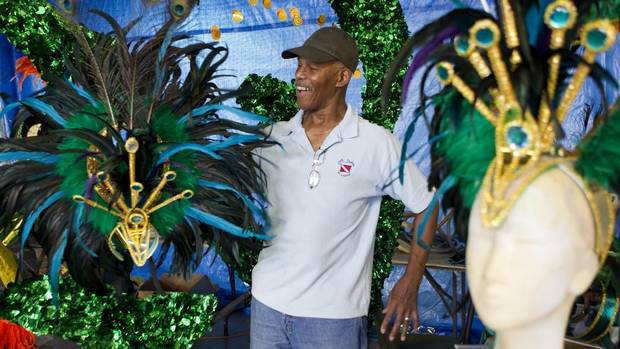
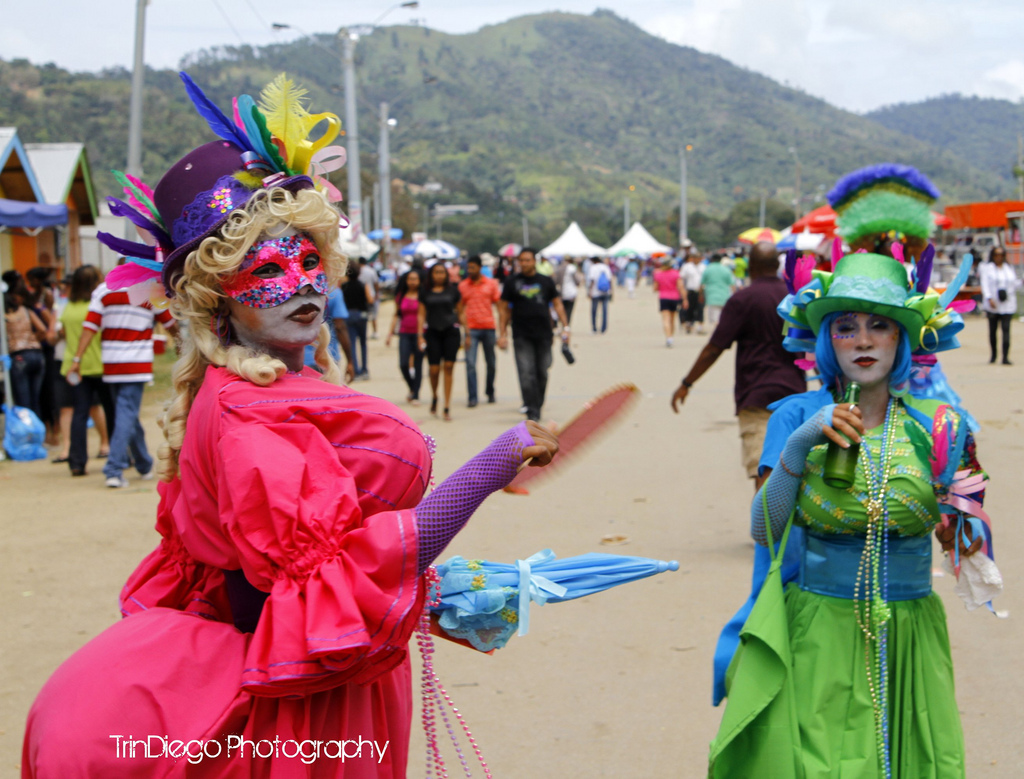
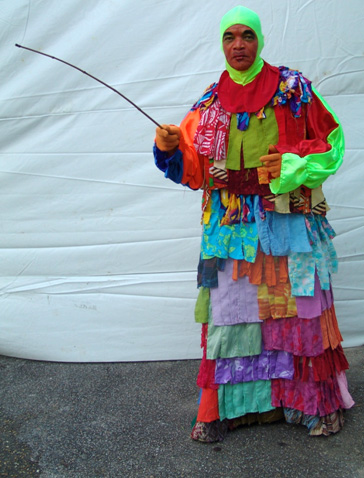
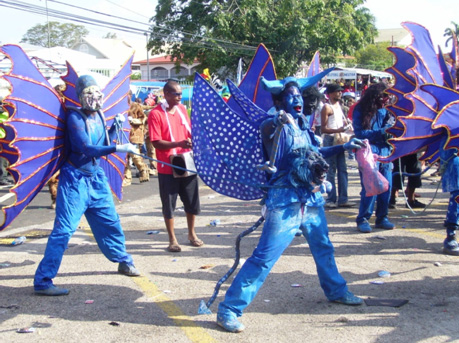
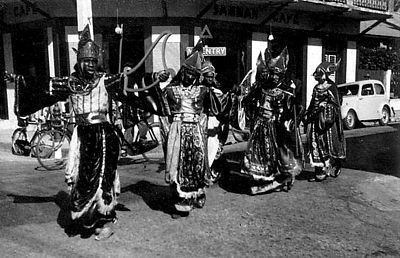
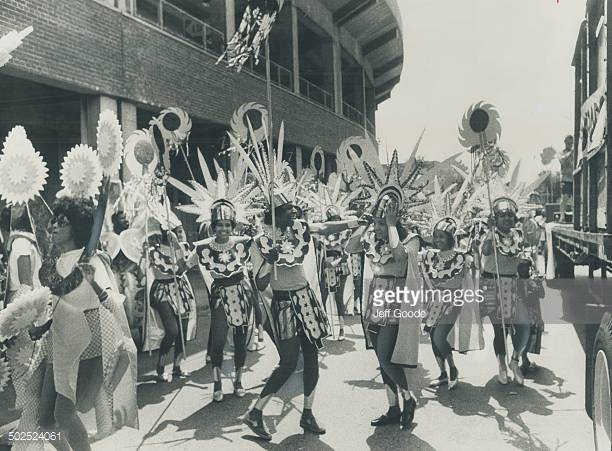

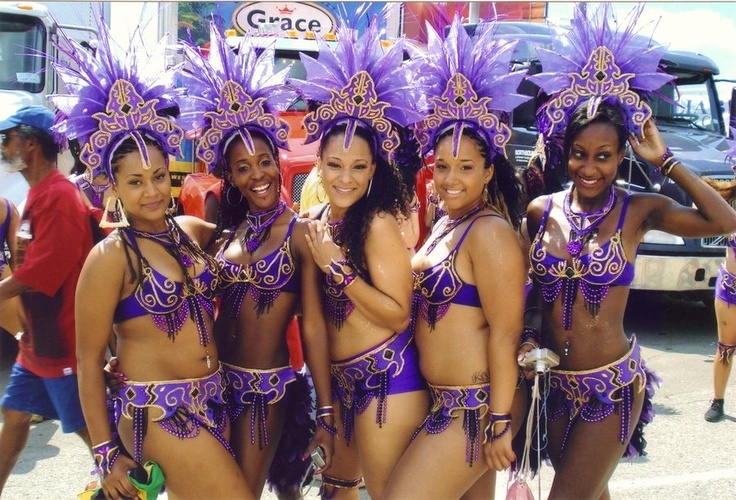
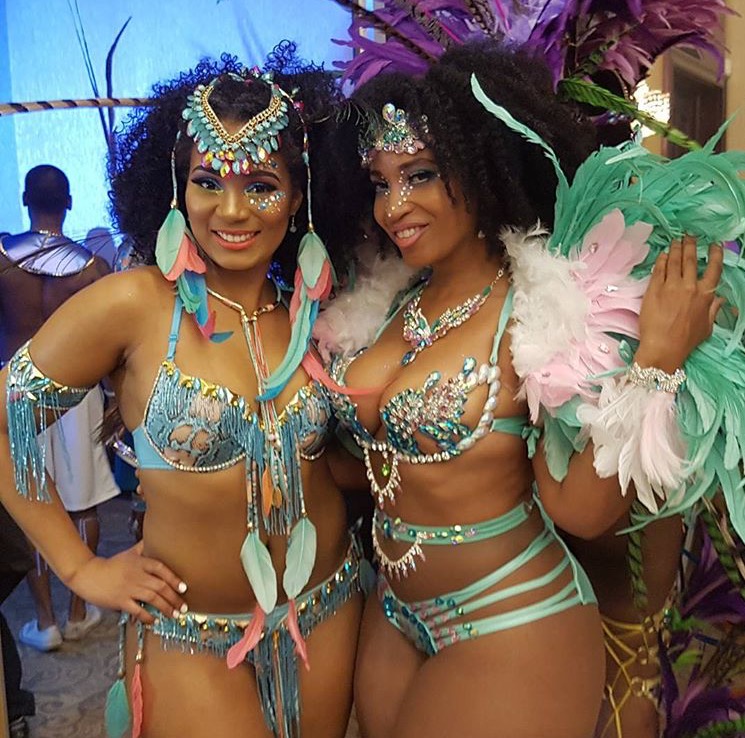
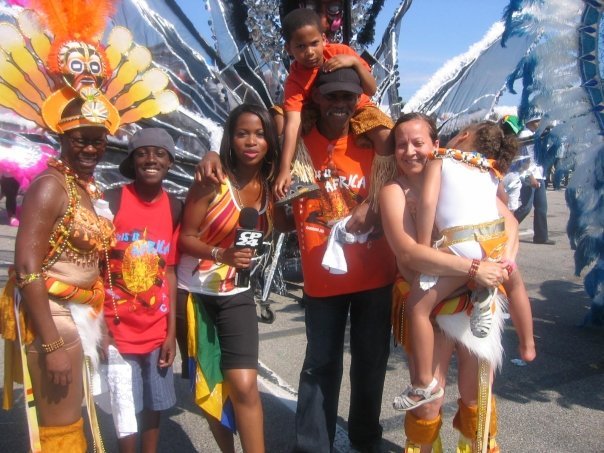
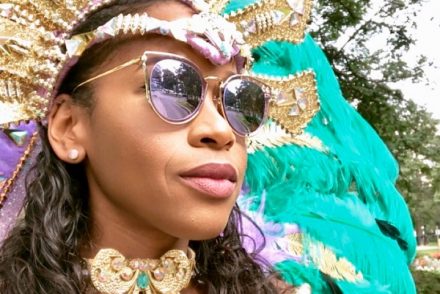
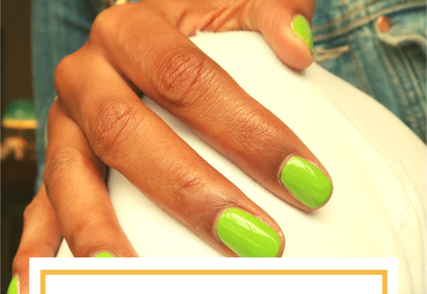


No Comments